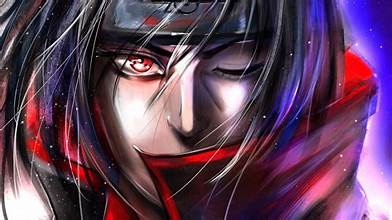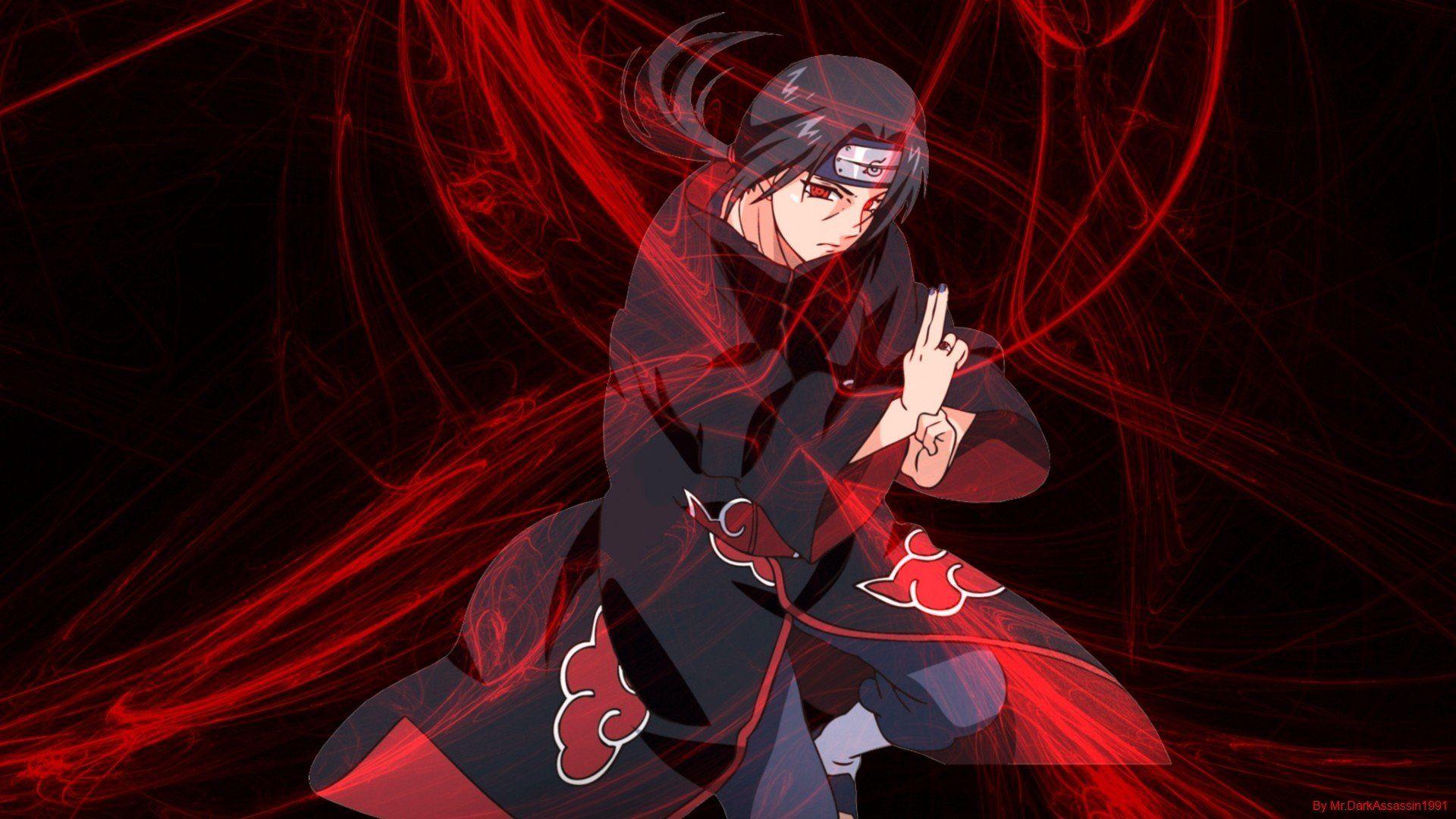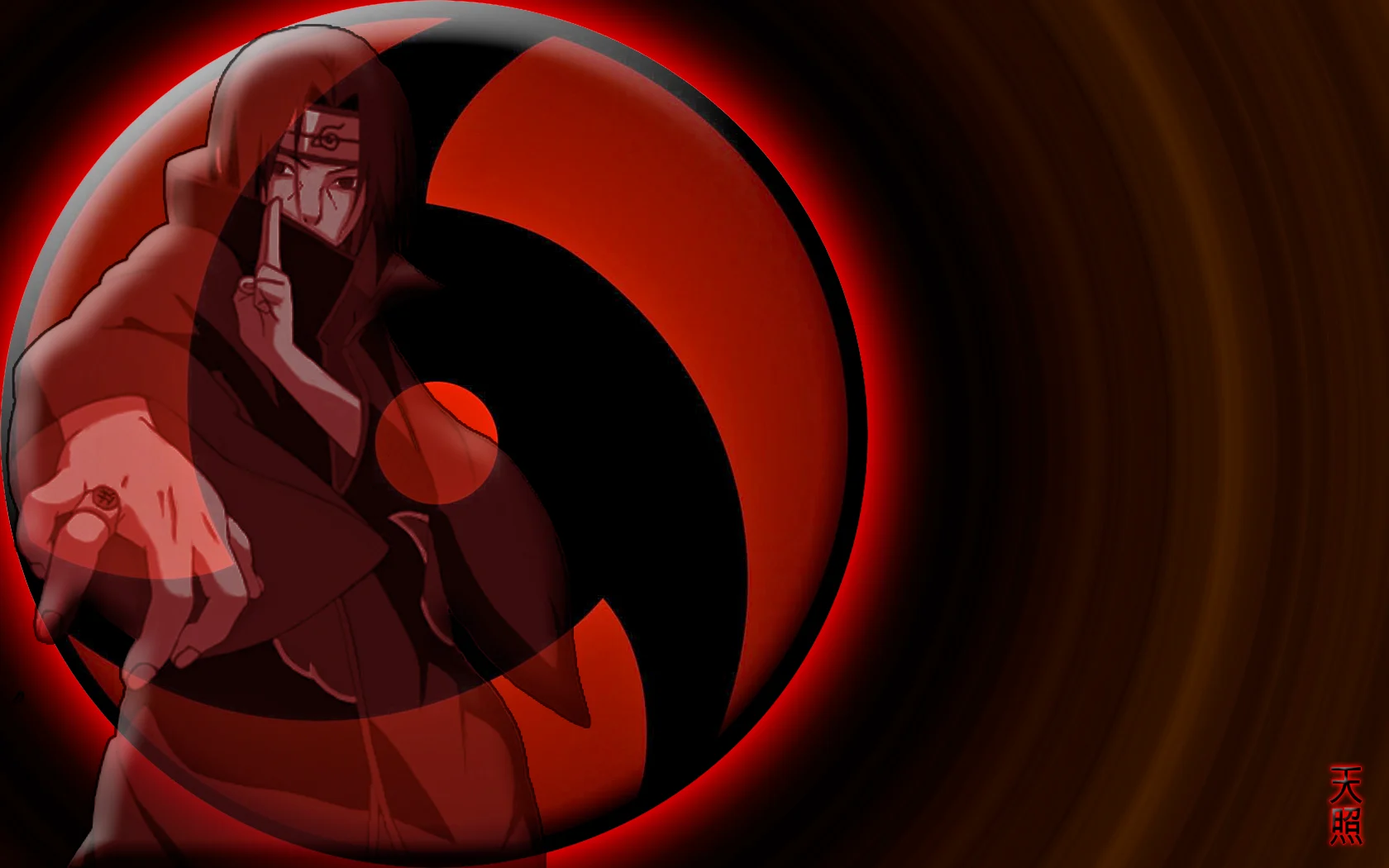Analyzing Akatsuki Itachi Naruto’s Legendary Moves
In the expansive universe of Naruto, few characters resonate as profoundly with fans as Akatsuki Itachi Naruto. This enigmatic figure, a member of the Akatsuki organization, is not only known for his formidable skills but also for the tragic depths of his character. The journeys of both Itachi and Naruto intertwine in a tapestry of fate, choice, and redemption, leading to some of the most memorable moments in the series. In this article, we will delve into Itachi’s legendary moves, exploring their significance, execution, and impact on the overall narrative arc of Naruto.
Understanding Itachi Uchiha: The Tragic Prodigy
Itachi Uchiha is often portrayed as a complex character, embodying a mix of prodigious skill and profound sorrow. His backstory provides essential context for understanding his legendary moves and the motivations behind them.
>>> Buy now: Akatsuki Itachi Naruto Anime Fireball No Jutsu Air Jordan Shoes Sport Sneakers
The Burden of Genius
Itachi was hailed as a genius from a young age. Nearly unmatched in his talent, he graduated from the Academy at an unprecedented age, showcasing abilities that would later define him. However, such brilliance came with overwhelming pressure. Expectations weighed heavily upon him, manifesting in his eventual choices that led to his disillusionment with the Uchiha clan.
This burden shaped his interactions with others, especially his brother Sasuke, whom he unintentionally turned against him. The tension in their relationship set the stage for several of Itachi’s iconic moves, which were not just powerful jutsu but also deeply emotional actions meant to convey love, sacrifice, and the desire for atonement.
The Akatsuki Association
Joining the Akatsuki was a pivotal moment for Itachi. While many viewed the organization as a group of villains, Itachi’s motivations were layered with complexity. By infiltrating the Akatsuki, he sought to protect the very village he seemingly betrayed. This duality highlights how Itachi’s legendary moves are not merely demonstrations of strength; they represent his internal struggle and commitment to safeguarding peace.
His role in the Akatsuki ultimately positions him as a contrasting force to Naruto, who embodies hope and perseverance. Their eventual encounters illuminate the contrast between their ideologies, making Itachi’s techniques more than mere combat skills—they are extensions of his character and philosophy.
Legacy of Sacrifice
The resonance of Itachi’s sacrifices extends far beyond his life. His decisions, particularly regarding the Uchiha massacre, haunt the narrative, affecting future generations, including Naruto himself. Each legendary move Itachi employs is shadowed by his sacrifices, reflecting the burdens he carried and the consequences of his choices. Through his capabilities, Itachi communicates messages about pain, loss, and the quest for redemption, influencing not just Sasuke but the entire Shinobi world.
Analyzing Itachi’s Signature Techniques
The signature techniques of Itachi Uchiha form a crucial part of his identity. From the mesmerizing Sharingan to his devastating Genjutsu, each move is a testament to his mastery over ninjutsu and his deep understanding of psychological warfare.
Sharingan and Its Evolution
The Sharingan serves as the cornerstone of Itachi’s power. This ocular technique, inherent to the Uchiha clan, offers abilities that extend beyond mere combat prowess.
With the Sharingan, Itachi can predict movements, read opponents’ intentions, and even cast powerful Genjutsu. This ability not only enhances his offensive capabilities but also provides a strategic advantage during battles. Unlike other users, Itachi’s Sharingan is complemented by his analytical mind, enabling him to outthink and outmaneuver his foes effectively.
Yet, the evolution of his Sharingan into the Mangekyō Sharingan marks a significant turning point in his journey. With it, he gains access to some of his most potent techniques, such as Amaterasu and Tsukuyomi. These abilities highlight the trade-offs associated with power—the price Itachi pays for his extraordinary skills often manifests in physical and emotional pain.
The Art of Genjutsu
Genjutsu is perhaps Itachi’s most renowned area of expertise. His proficiency in illusionary techniques allows him to manipulate reality, trapping enemies within psychological horrors that often lead to despair and defeat.
Tsukuyomi stands out as one of his most formidable Genjutsu techniques. When cast, it distorts time perception, allowing Itachi to inflict immense psychological trauma on his opponent within what feels like an eternity. This technique serves as a reflection of Itachi’s own tormented psyche—a manifestation of his inner struggles translated into a weapon against those he fights.
Moreover, the sheer cruelty of Tsukuyomi forces opponents, including formidable figures like Kakashi and even Naruto, to confront their fears and limitations. In a way, Itachi uses Genjutsu not just to win battles but to communicate deeper truths to his adversaries, forcing them to acknowledge their vulnerabilities.
Amaterasu: The Black Flames
Among Itachi’s arsenal, Amaterasu represents the pinnacle of his destructive capabilities. This technique summons black flames that burn anything in its line of sight. Unlike ordinary fire, these flames cannot be extinguished by conventional means, creating an aura of dread among opponents.
The symbolism behind Amaterasu is profound, representing Itachi’s internal conflict—his dark past, his regrets, and his relentless pursuit of peace. The flames can be seen as a metaphor for the pain he has inflicted on himself and others throughout his life. They serve as a reminder that power comes at a cost, reinforcing the tragedy of Itachi’s existence.
Interestingly, the use of Amaterasu reveals Itachi’s capacity for mercy. He often refrains from using it to its full potential, indicating a reluctance to cause unnecessary devastation. This restraint adds layers to his character, suggesting that despite his lethal abilities, Itachi harbors a desire for peace and redemption.
Susanoo: The Shield and Sword
As a final layer of protection, Itachi wields the Susanoo—a colossal, ethereal warrior that embodies his spirit and offers both offense and defense.
Susanoo showcases the fusion of Itachi’s skills, combining his offensive techniques with a robust defensive shield. This technique further illustrates Itachi’s multifaceted nature as a protector, emphasizing his desire to safeguard his loved ones, even at great personal risk.
Moreover, the amplified power of Itachi’s Susanoo, standing as a representation of his final stand against formidable foes, encapsulates his selfless dedication. Utilizing the Yata Mirror and Totsuka Blade, Itachi transforms Susanoo into an instrument of fate, sealing away evil while shielding those he cares for.
Ultimately, each layer of Susanoo mirrors the intrinsic conflicts within Itachi, serving as a testament to his resolve as a warrior dedicated to his ideals. The embodiment of both destruction and protection, Susanoo solidifies Itachi’s legacy as a hero haunted by his decisions, yet unwavering in his quest for redemption.
Itachi’s Impact on Naruto’s Growth
The relationship between Itachi and Naruto is intricate, evoking themes of rivalry, mentorship, and mutual respect. Itachi serves as both a cautionary tale and a source of inspiration for Naruto, shaping his growth as a ninja and a person.
The Catalyst for Change
Naruto, a character forged in the fires of adversity, finds parallels in Itachi’s journey. Both characters grapple with themes of loneliness, ambition, and the desire for acceptance. However, while Naruto seeks validation through camaraderie and teamwork, Itachi’s path leads him toward isolation and sacrifice.
Itachi’s tragic tale resonates deeply with Naruto, prompting him to reflect on the consequences of one’s actions. Witnessing the fallout of Itachi’s choices inspires Naruto to forge a different path—one characterized by unity rather than division. This realization propels Naruto towards his goal of becoming Hokage, encouraging him to embrace not just his strength but also the importance of bonds within the shinobi community.
Lessons in Forgiveness
Itachi embodies the complexities of forgiveness. His actions, although painful, stemmed from a desire to protect his village and his brother. This nuanced understanding of sacrifice teaches Naruto the importance of empathy and compassion, even towards those who commit heinous acts.
Naruto’s willingness to forgive Itachi reflects his growth as a character, emphasizing the transformative power of understanding and reconciliation. Through Itachi’s legacy, Naruto learns that the true essence of strength lies not in domination but in the capacity to forgive and uplift others, bridging divides rather than exacerbating conflicts.
The Reflection of Ideals
Itachi’s life contrasts sharply with Naruto’s ideals. Where Naruto believes in the power of connection and unity, Itachi grapples with the sacrifices required for peace. This dichotomy fosters mutual respect between the two characters. As Naruto strives to create a brighter future, Itachi’s legacy becomes a guiding light, reminding Naruto of the sacrifices made for the greater good and the importance of carrying those lessons forward.
Their eventual encounter in the anime reflects this dynamic beautifully, as Naruto recognizes the weight of Itachi’s sacrifices. This acknowledgment deepens Naruto’s resolve to uphold the principles of friendship and cooperation, cementing the transformative influence Itachi had on his development.
The Symbolism Behind Itachi’s Moves
Each of Itachi’s legendary moves transcends their immediate functionality; they carry rich symbolism and thematic depth that contributes significantly to the overarching narrative of Naruto.
The Dance of Shadows
Many of Itachi’s techniques revolve around the concept of shadows—illusions that deceive, manipulate, and ensnare. This motif resonates deeply within the narrative, representing the hidden truths that lie beneath the surface of every character’s story.
For Itachi, the dance of shadows serves as a reflection of his life. He navigates a world fraught with deception, where appearances often mask painful realities. Each move he executes becomes a manifestation of his struggles against darkness—not only within himself but also in the world around him. This theme culminates in his self-sacrificial acts to ensure that hope prevails amidst despair.
The Cycle of Pain
Itachi’s techniques often evoke a sense of pain and suffering, embodying the theme of cyclic violence prevalent in Naruto. Through his abilities, Itachi confronts the harsh realities of the shinobi world, illustrating how the cycle of vengeance can obliterate hope and humanity.
This cyclical nature becomes especially poignant in his interactions with Sasuke, where Itachi’s actions serve as both a catalyst for Sasuke’s rage and an impetus for eventual understanding. The pain inflicted by Itachi enables Sasuke to grow, forcing him to confront his own demons and ultimately seek a path to redemption in his own right.
The Pursuit of Peace
At the heart of Itachi’s legendary moves lies an unwavering pursuit of peace. Each technique serves not merely as a weapon, but as a means to an end—an expression of his desire to create a world free from conflict.
Through the lens of his techniques, viewers witness the paradox of power: it can be both a force for destruction and a tool for salvation. Itachi’s ultimate sacrifice underscores this theme, showing that true strength is not defined by brute force but by the willingness to endure hardships for the sake of others. His legacy serves as a poignant reminder of the costs associated with achieving peace, resonating deeply within Naruto’s narrative.
In analyzing Akatsuki Itachi Naruto, we unravel the intricate web of themes, conflicts, and relationships that define this legendary character. Itachi’s moves are far more than simple displays of power; they are laden with meaning, reflecting his struggles, sacrifices, and aspirations for a better world.
His mastery over techniques like Sharingan, Tsukuyomi, Amaterasu, and Susanoo underscores his status as one of the most formidable ninja in the series. Yet, it is the interplay between his abilities and his philosophies that truly elevates Itachi’s character.
>>> Read more: Difference Between Chihuahua and Mini Pinscher
Furthermore, Itachi’s profound influence on Naruto’s growth emphasizes the interconnectedness of their journeys. Through their paths, both characters embody the complexities of human experience—hope, despair, forgiveness, and the relentless pursuit of peace. Ultimately, Itachi remains a beacon of wisdom, reminding us that true strength lies not solely in power, but in the depth of one’s convictions and the willingness to bear the burdens of the world.




